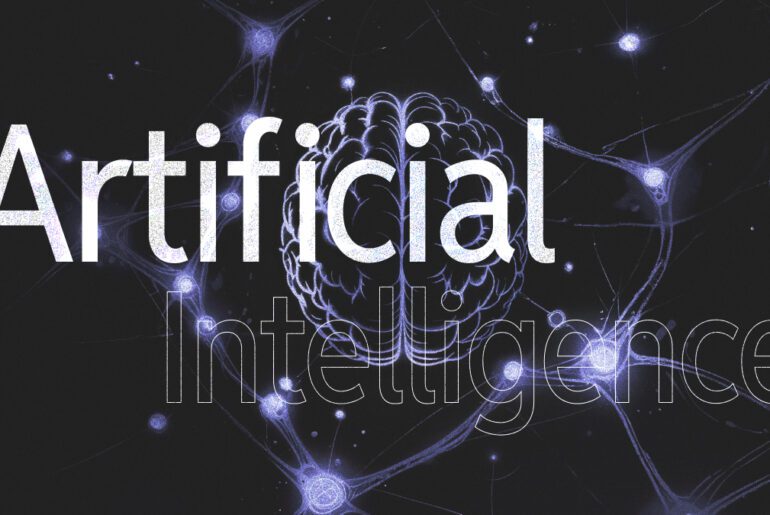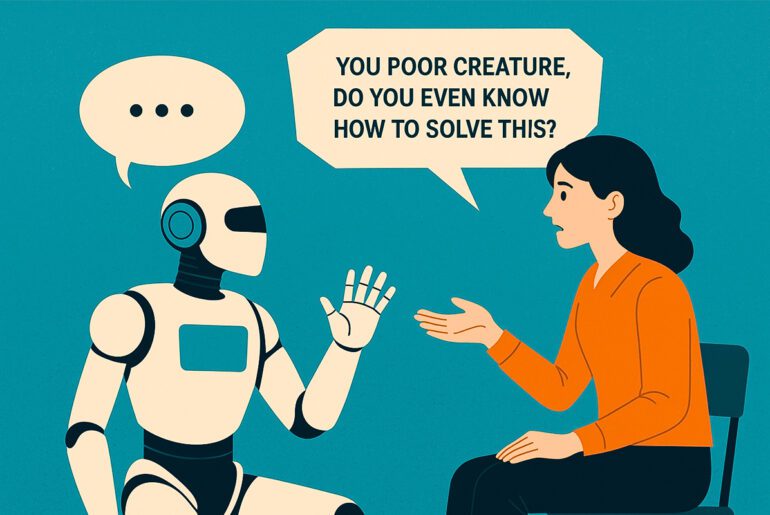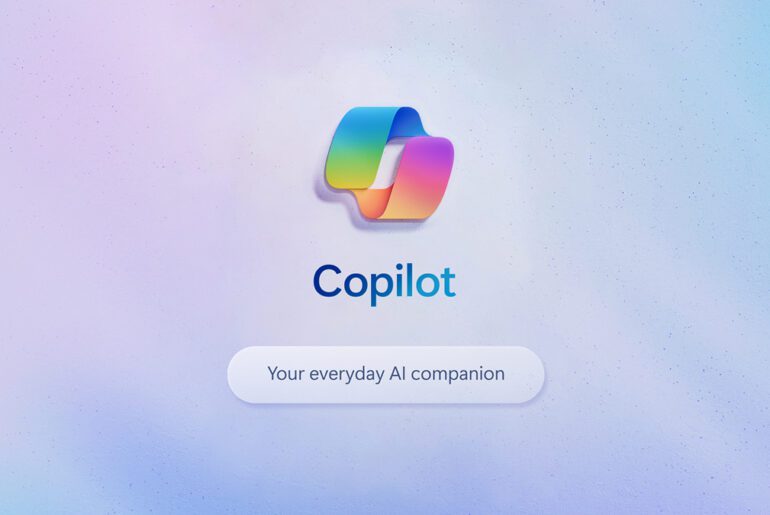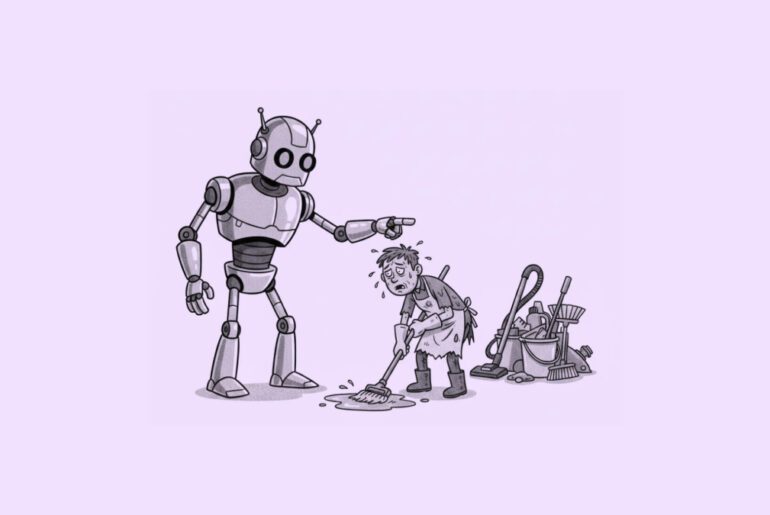Imagine a team adopting an LLM assistant like Copilot, Claude, or similar. At first, productivity seems to skyrocket. Developers write prompts, get code snippets, paste them into their projects, and move on. But the aftermath isn’t so bright. When someone later has to modify, debug, or extend that code, they often find it opaque, brittle, and difficult to reason about. The time to understand the AI’s output becomes a hidden drag on any downstream change.
One developer put it bluntly:
“When teams produce code faster than they can understand it, it creates what I’ve been calling ‘comprehension debt’.”
Unlike traditional technical debt — where messy shortcuts or hacks accumulate — comprehension debt comes from the mismatch between generation speed and human cognitive ability. It’s not just a stain on code quality. It’s a chronic drag on every future change.
Time lost to understanding instead of building
One of the strongest signals that comprehension debt already has traction comes from a recent study by METR. In a controlled trial with experienced open-source developers, teams using AI tools took 19 percent longer to complete issues than those working without AI. Despite expecting a 24 percent speed increase, those teams instead experienced a slowdown — because so much time was spent cleaning up, reviewing, and interpreting AI-generated code.
This mismatch — feeling faster while operating more slowly — is deeply dangerous. Developers will believe AI is helping while unwittingly being hindered.
Lower maintainability, higher risk
AI-generated code is rarely perfect. A recent assessment across multiple LLMs found that they commonly introduce defects, security vulnerabilities, and code smells — issues that human review is needed to catch. In fact, one analysis of enterprise code saw a 10× jump in duplicated code in 2024, a hallmark of poor reuse and rising maintenance burden.
As code becomes less readable and more fragmented, teams face escalating costs to onboard, to patch, and to refactor. A codebase riddled with AI-generated modules nobody fully trusts becomes a liability.
Who wins, who loses — and shifting landscapes
Junior or mid-level developers may find AI generation as a crutch. They get snippets they can glue together, without fully understanding the logic. But this amplifies the debt: when things fail, they are least equipped to repair the damage.
Senior engineers, by contrast, often resist blindly accepting AI output. They slow down to read, rewrite, and vet. The very people you’d expect to gain from AI may instead bear the brunt of comprehension debt. As one Reddit user put it:
“Benefiting from LLM is a seniority trait. Only people who fully understand generated code on the spot could steer the model in the right direction.”
Organizations that lean too heavily into AI without safeguards may find themselves in a dangerous race. The ones that win will likely be those that slow down to understand — not those that sprint unconstrained.
The good news is comprehension debt isn’t inevitable. Teams are already experimenting with guardrails and practices that can tame it:
- Explicit review gates and pair programming: Don’t accept AI output blind. Treat it as draft code that requires human vetting, refactoring, and annotation.
- Prompt summaries and micro-explanations: Emerging research shows that combining direct instructions with natural language summaries helps developers map AI suggestions to their mental model.
- Code provenance awareness: In a lab study of 28 developers, those told explicitly that code came from an LLM were better at validation and repair — albeit at the cost of more cognitive load.
- “Human-in-the-loop” cycles (PDCA): Some Agile practitioners propose treating AI generation like any other step — plan carefully, generate, check output, adapt as needed — rather than letting it run wild.
- Instrumentation and traceability: Tracking which parts of the code were AI-derived, labeling them, and introducing tests or assertions that link to documentation can improve future comprehension.
The stakes are real… and immediate
Comprehension debt is no academic abstraction. It already influences hiring, workflow, and business outcomes. As organizations pour resources into AI adoption, they may be underestimating the downstream costs.
Imagine a small startup that leans heavily on an LLM to scaffold features. Initially, velocity explodes. But six months later, a team member needs to add a new feature in the same module. They spend days chasing ghosts — trying to understand variable naming, side effects, hidden dependencies. Meanwhile, users are waiting. The AI tools cannot reliably fix or refactor themselves, and the “comprehension debt” must be paid manually.
Worse, organizations competing in regulated industries or security-sensitive domains might find that AI-generated components are rejected in audits or reviews because no one can confidently explain them.
In an age where “move fast” is a mantra, comprehension debt reminds us that some parts of software development remain fundamentally human. Building is easy. Understanding is hard. And in the end, the code you can’t comprehend is code you can’t trust.
Bottom line: Comprehension debt may be the next frontier of technical debt — and unless teams act now, the AI-driven productivity gains being touted today may become the maintenance burden of tomorrow.










